NASA’s WISE Telescope Completes First Survey of the Entire Sky, Returning More Than a Million Images
NASA’s Wide-field Infrared Survey Explorer (WISE) satellite has just completed its first survey of the entire sky viewable from Earth...
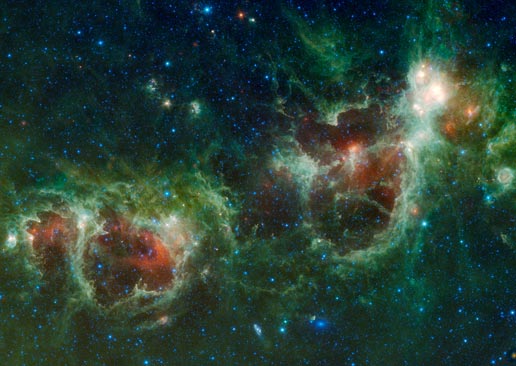
NASA’s Wide-field Infrared Survey Explorer (WISE) satellite has just completed its first survey of the entire sky viewable from Earth — returning more than a million images that provide a zoomed-in look at celestial objects ranging from distant galaxies to asteroids.
Click to launch the photo gallery
From its orbit several hundred miles above the Earth’s polar regions, the spacecraft scans strips of the sky, always staying over the day-night dividing line. Every 11 seconds, an infrared-sensitive digital camera takes a snapshot over the entire sky.
WISE has already observed more than 100,000 known and previously unseen asteroids. Most of these are located in the asteroid belt between Mars and Jupiter, but some are near-Earth objects that pass relatively close to the Earth. The telescope’s infrared vision also enables it to detect the glow of brown dwarfs, objects with masses between that of planets and stars, and it can also see the brightest of ultra-luminous infrared galaxies.
Less than two months after its December 2009 launch, WISE detected its first comet (named the WISE comet) orbiting about 109 million miles from Earth. Because they are rare in the inner solar system region, comets aren’t as easy to find as asteroids. But WISE’s powerful telescope is expected to find up to dozens of new comets, which will give astronomers new numbers to crunch in determining the probability of one coming close to Earth’s orbit.
WISE will now begin a second full scan of the sky to reveal even more objects and to detect any changes that have occurred since the first survey. In about three months, this second survey will end when the block of solid hydrogen coolant that chills the instrument’s detectors runs out. In May 2011, the astronomical community will have access to the first release of WISE data, which will include over a million images that help researchers catalog astronomical objects and answer questions about how planets, stars, and galaxies develop and evolve.
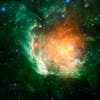
Cosmic Rosebud

Comet 65P/Gunn

Heart and Soul
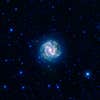
Messier 83
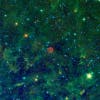
Stellar Innards

Pleiades
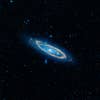
Andromeda

The Comet Known Simply as WISE